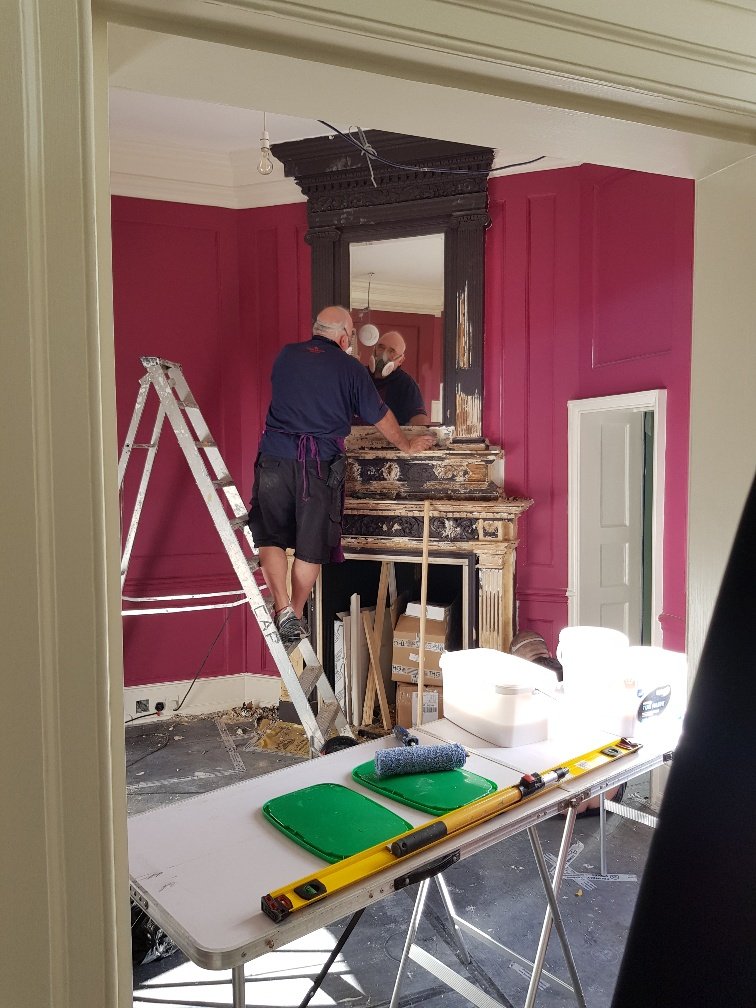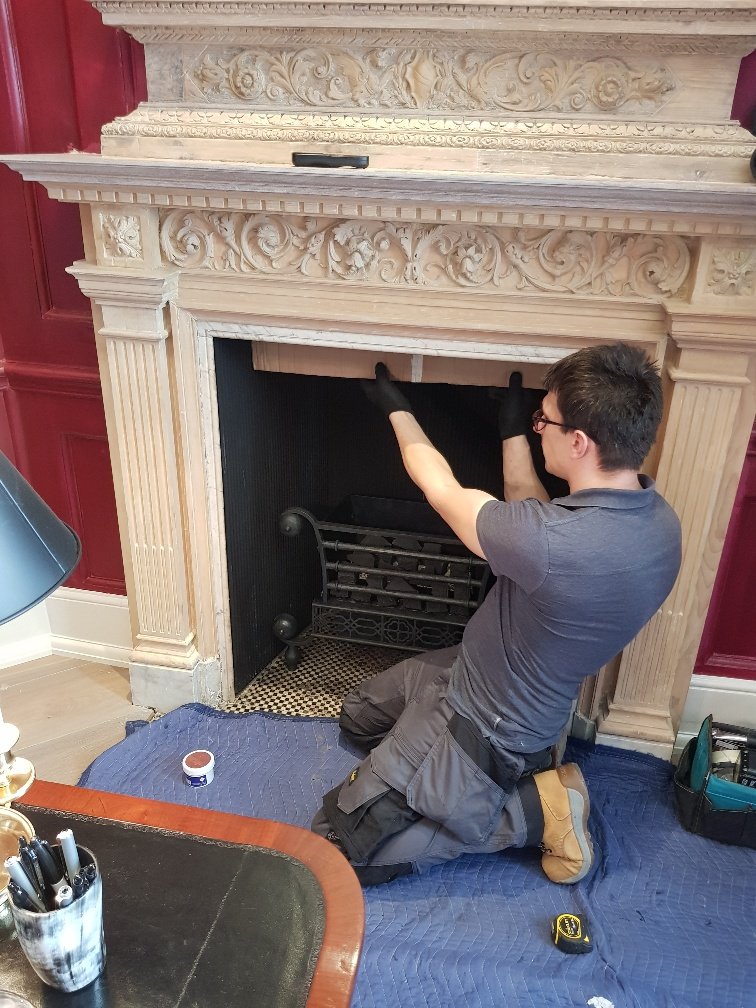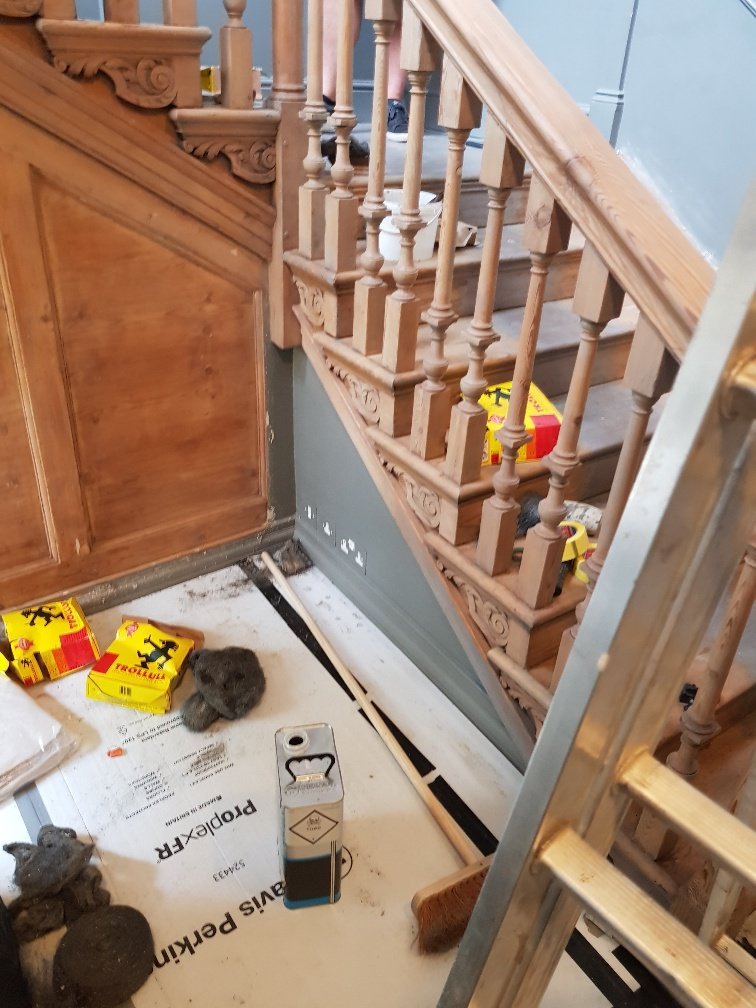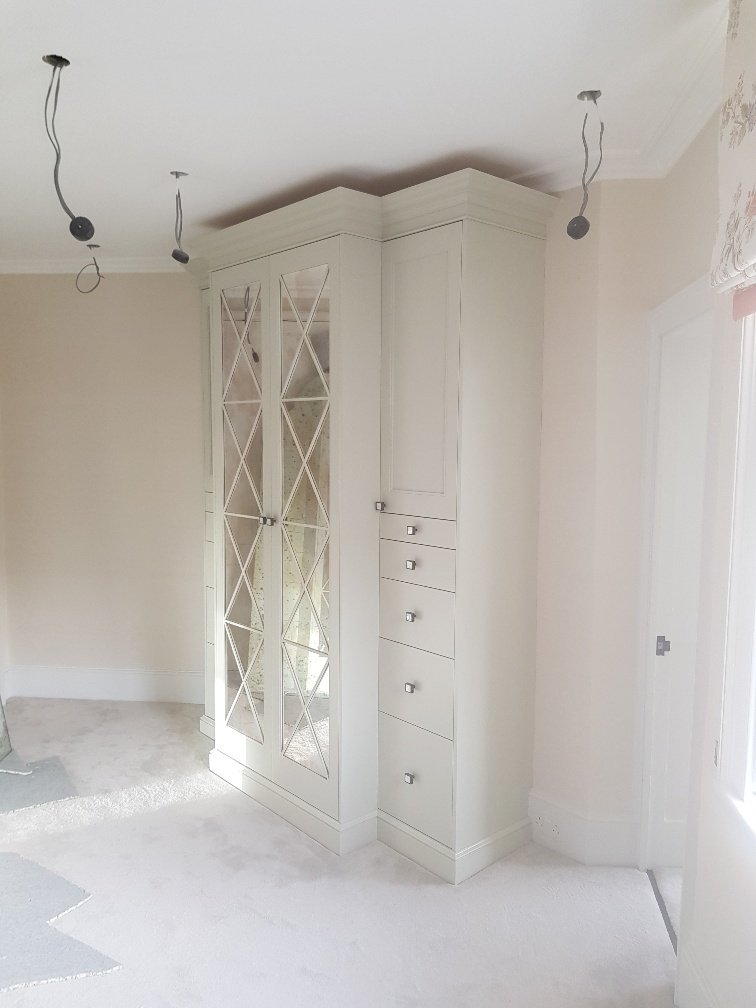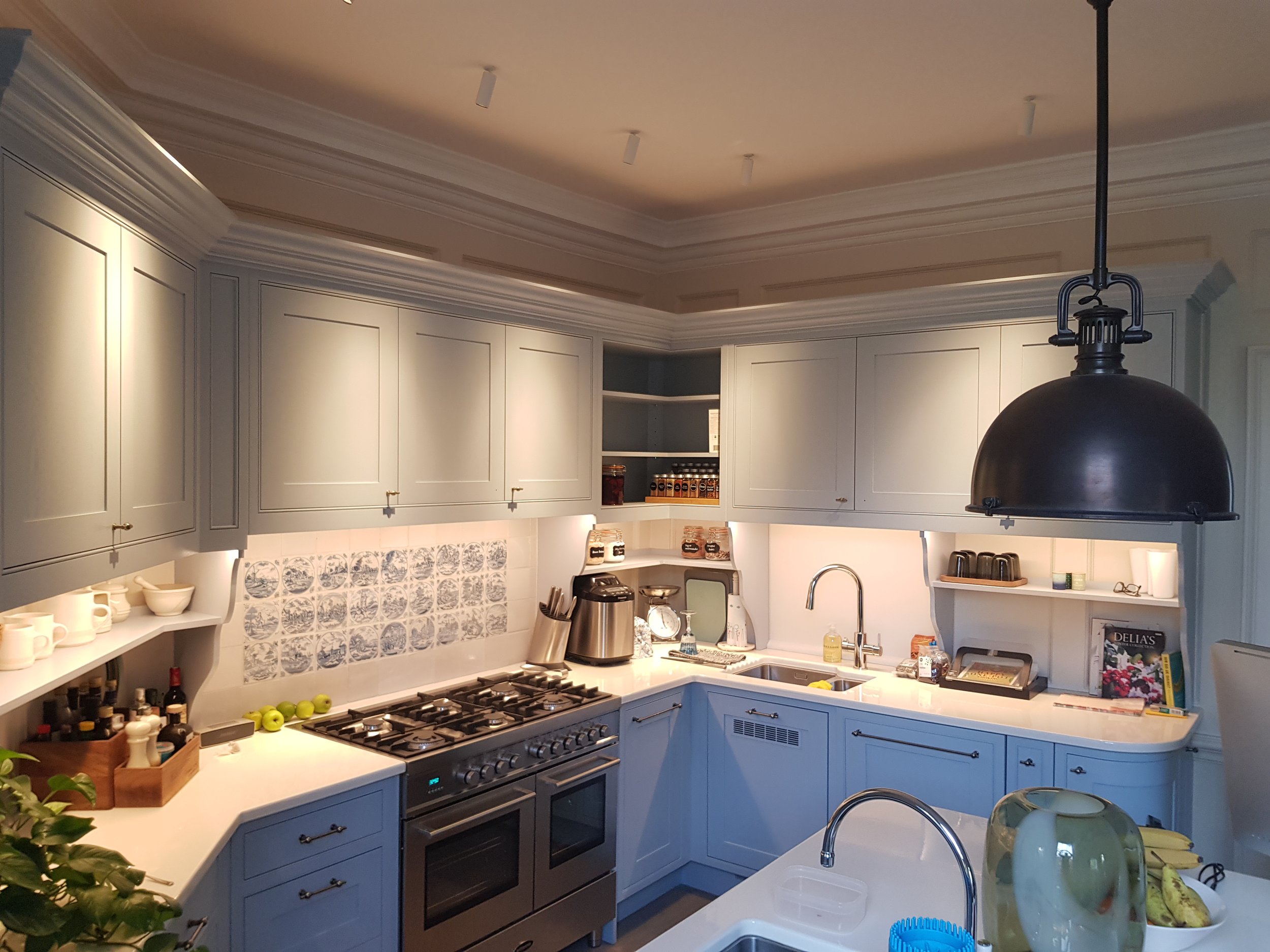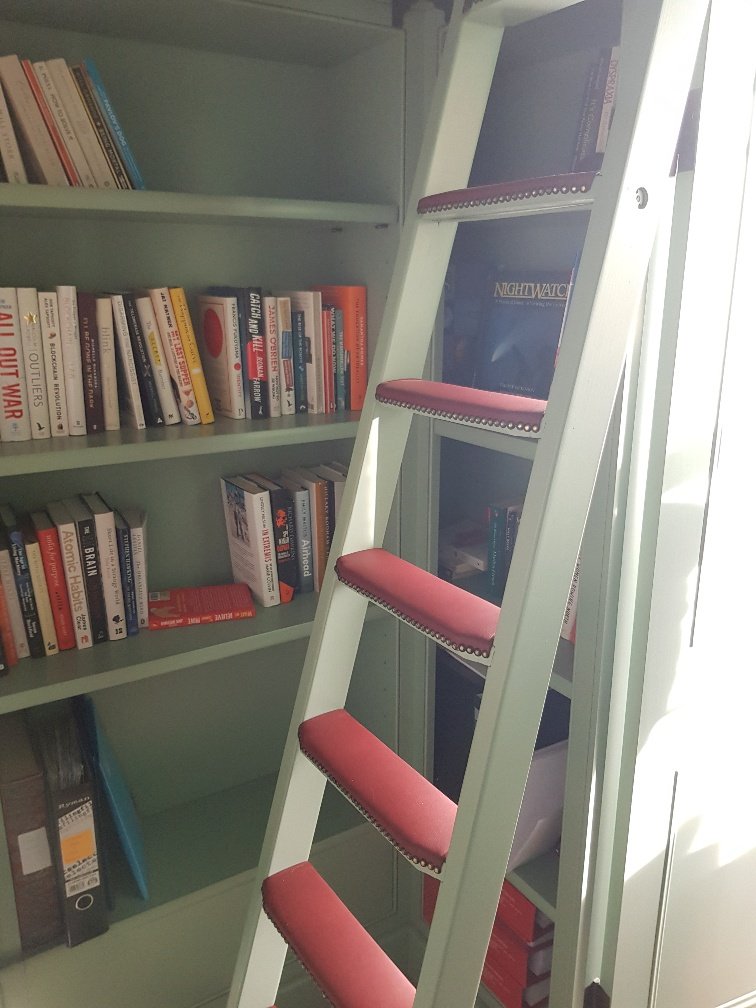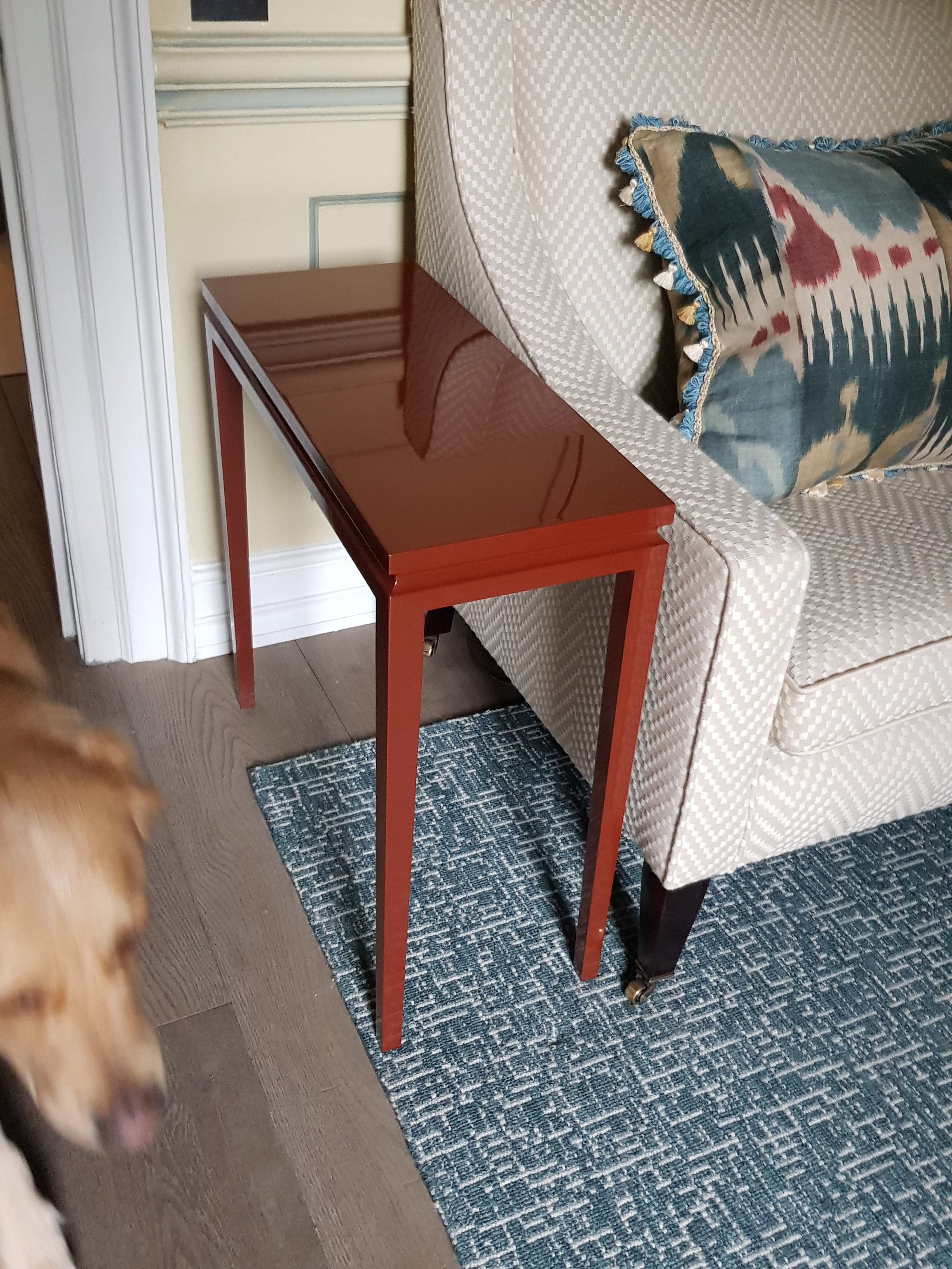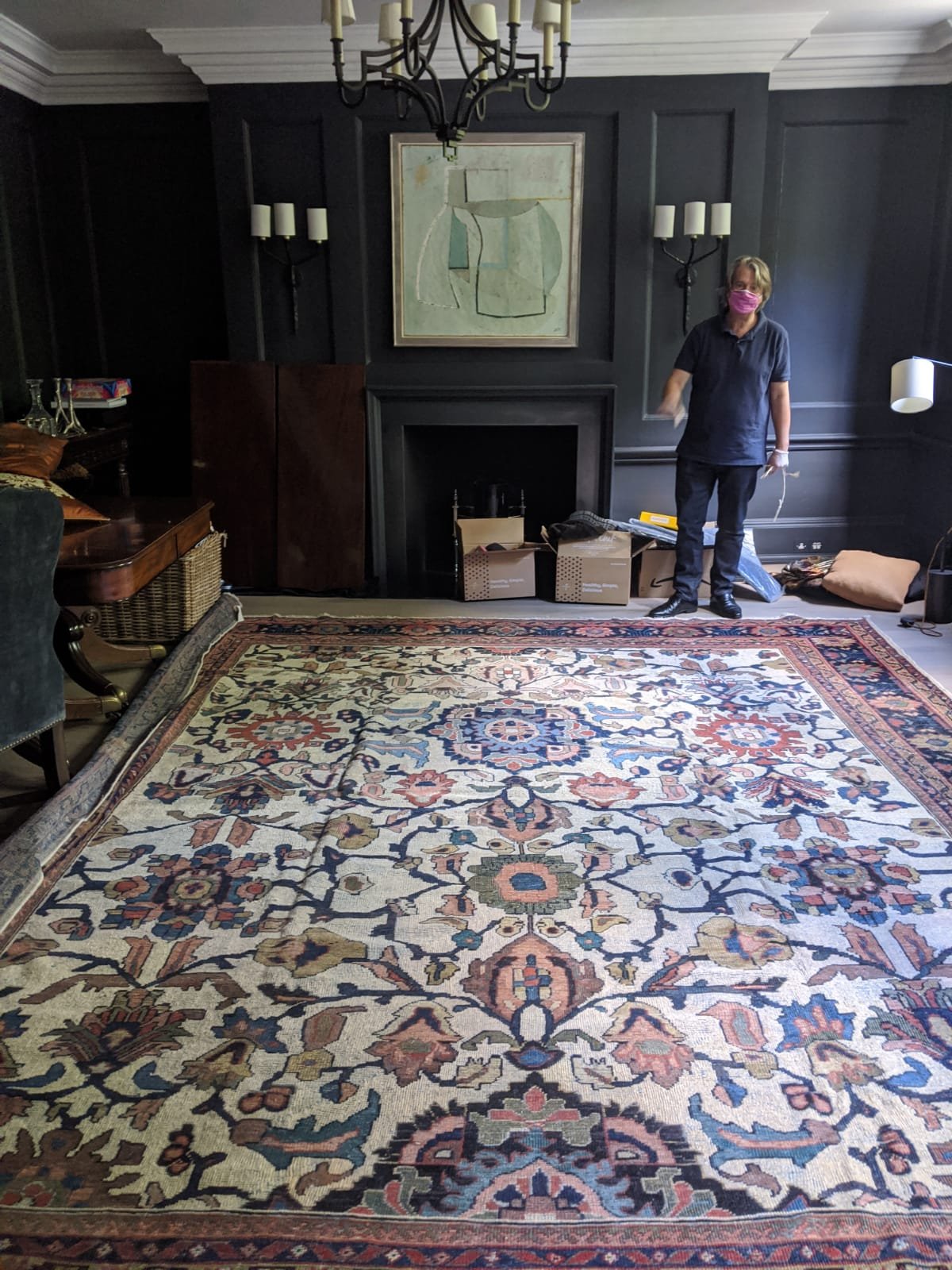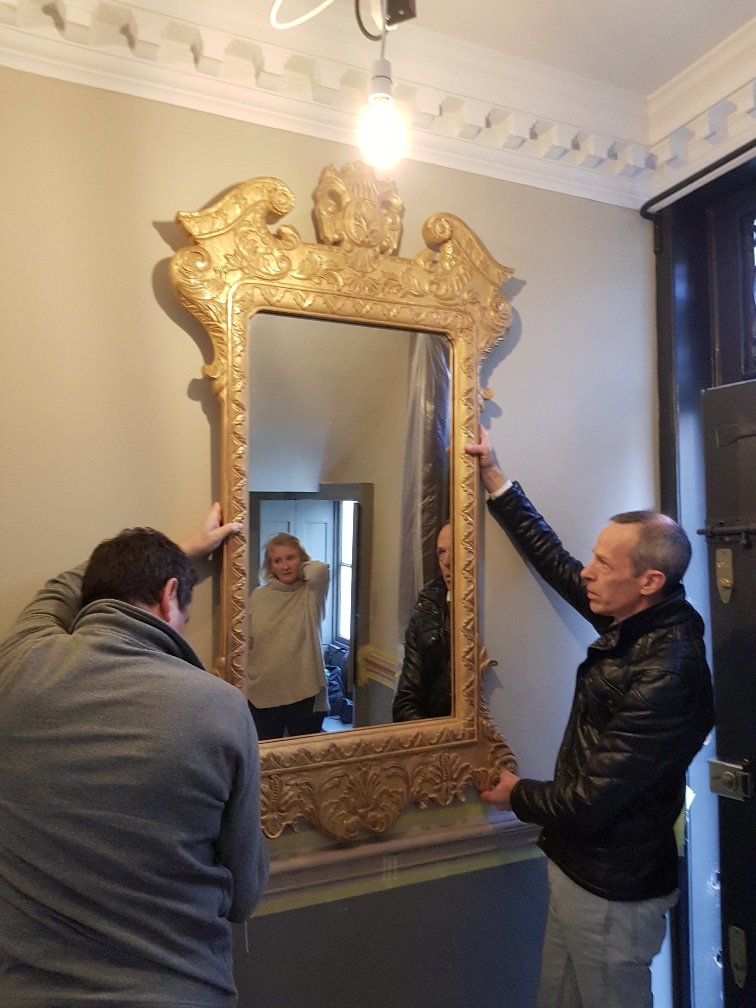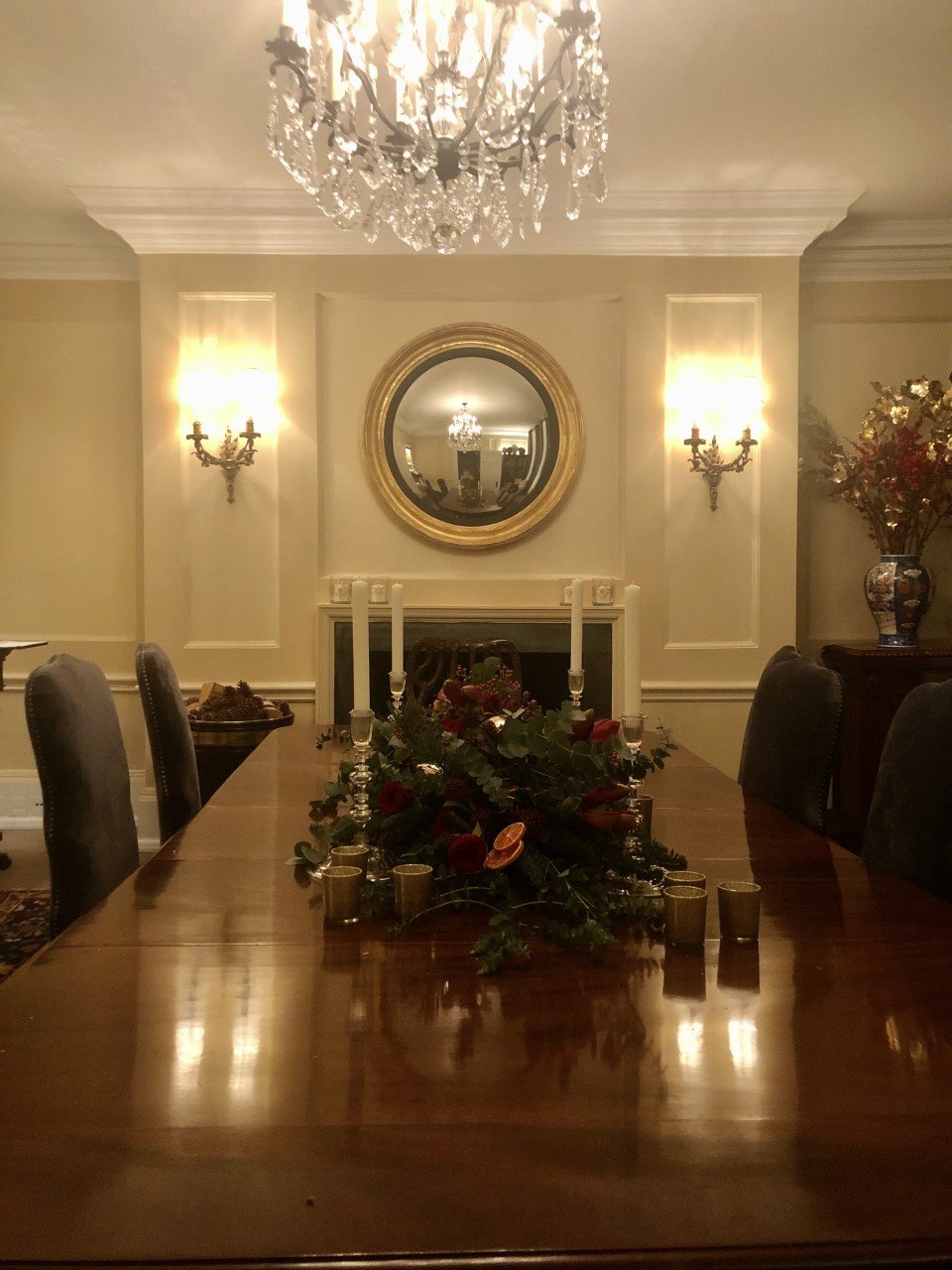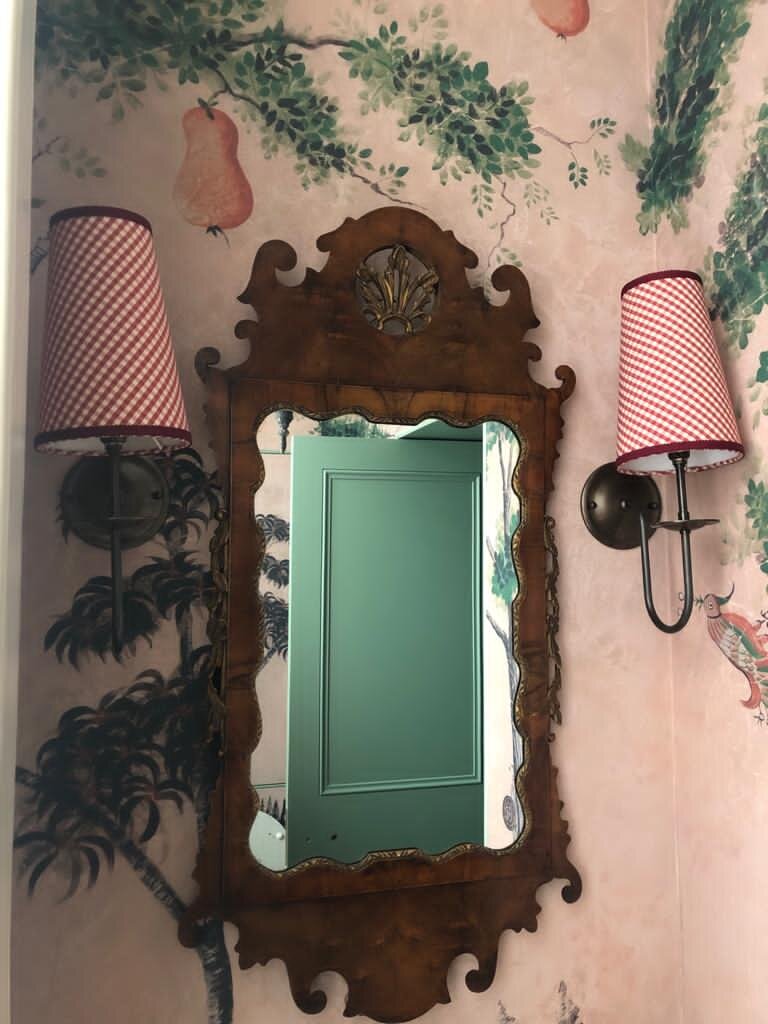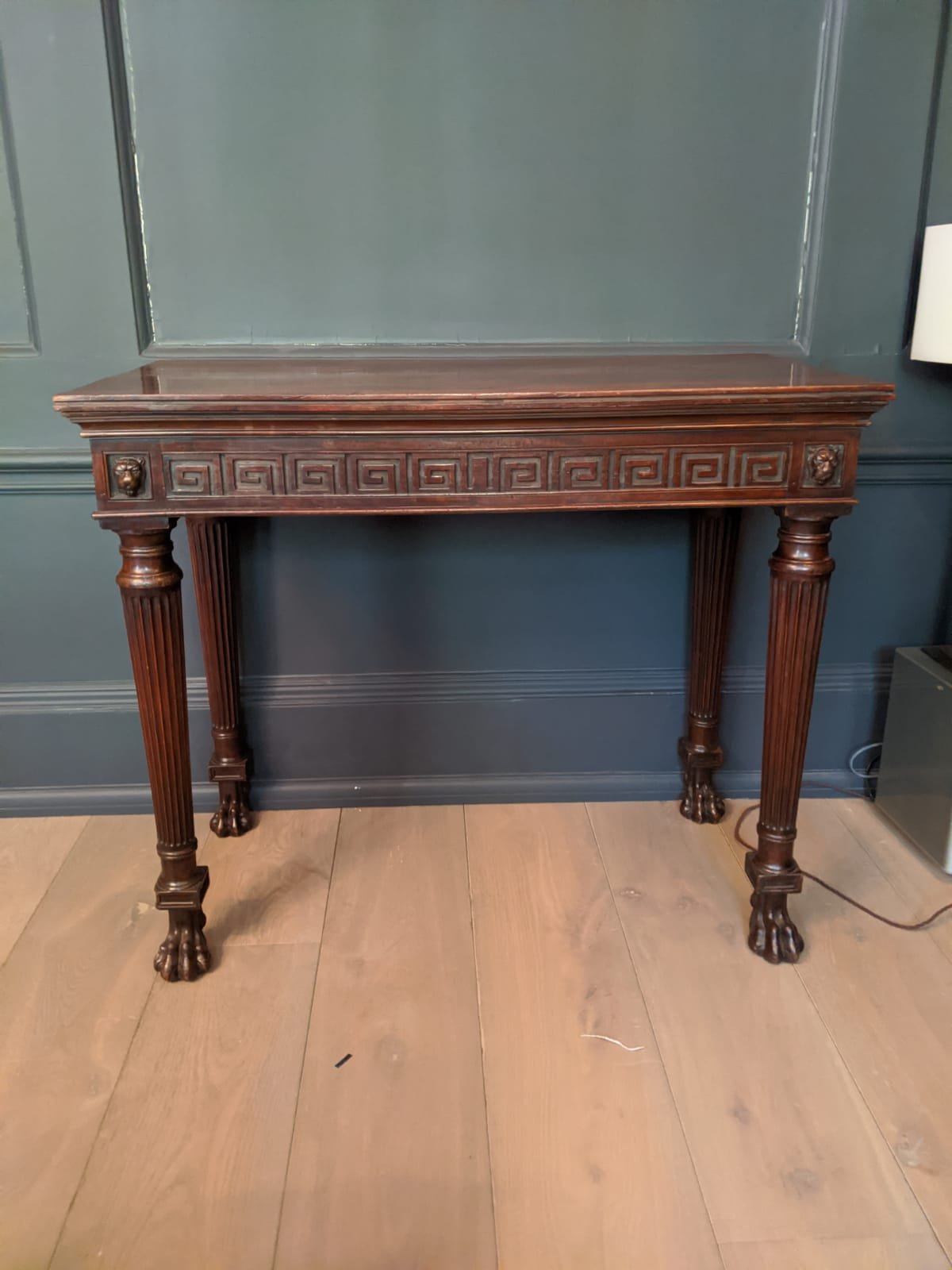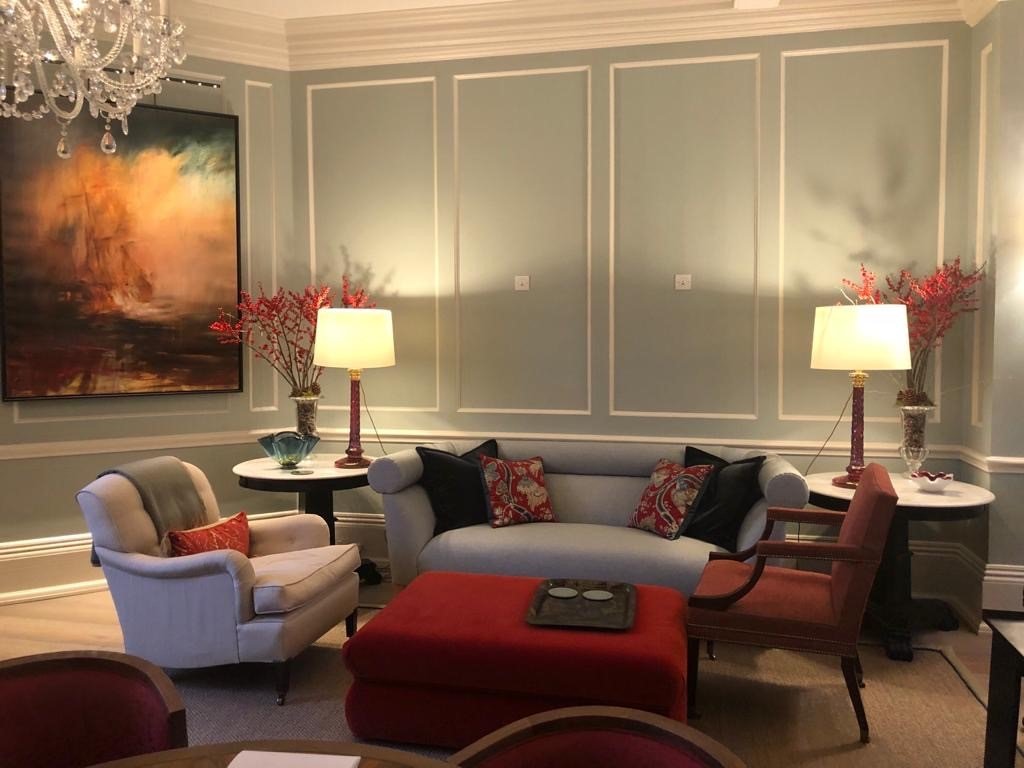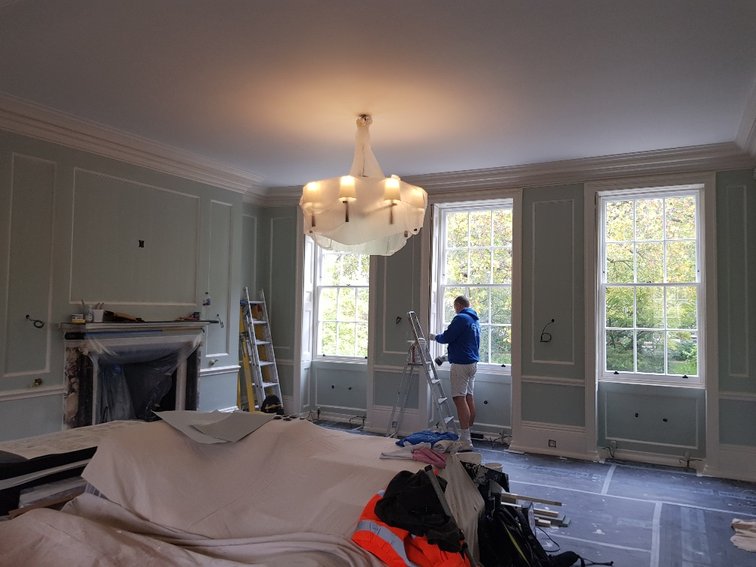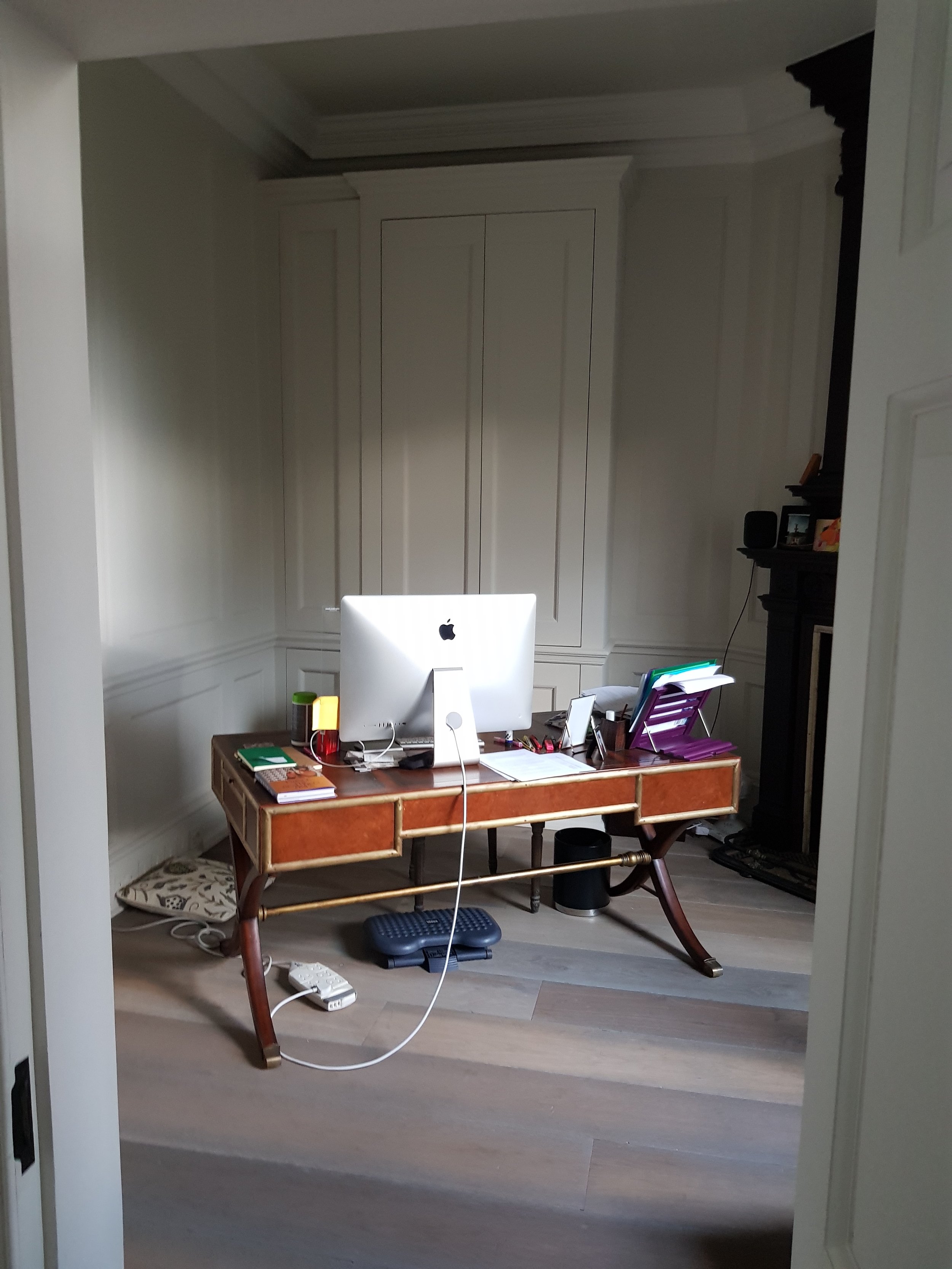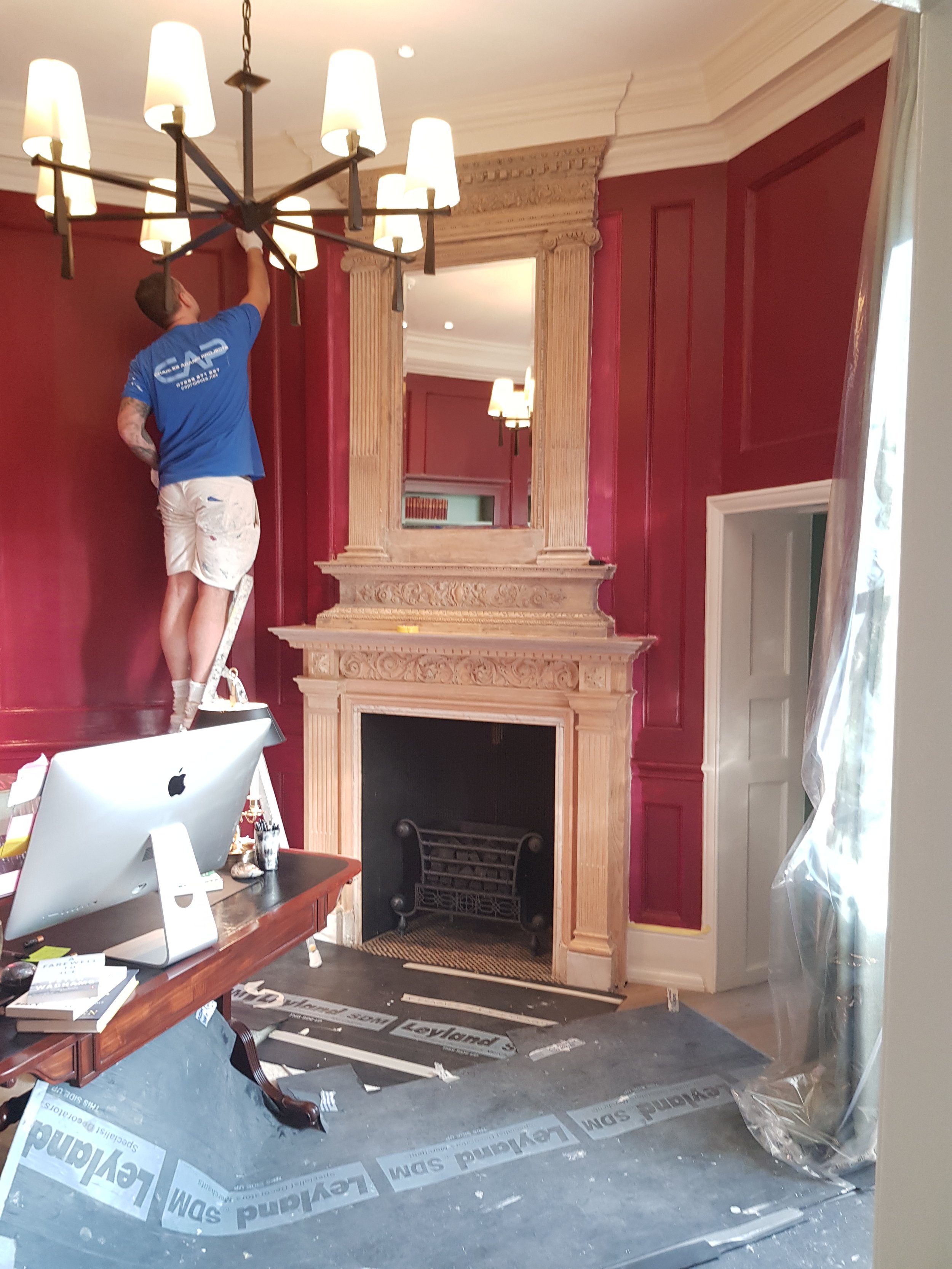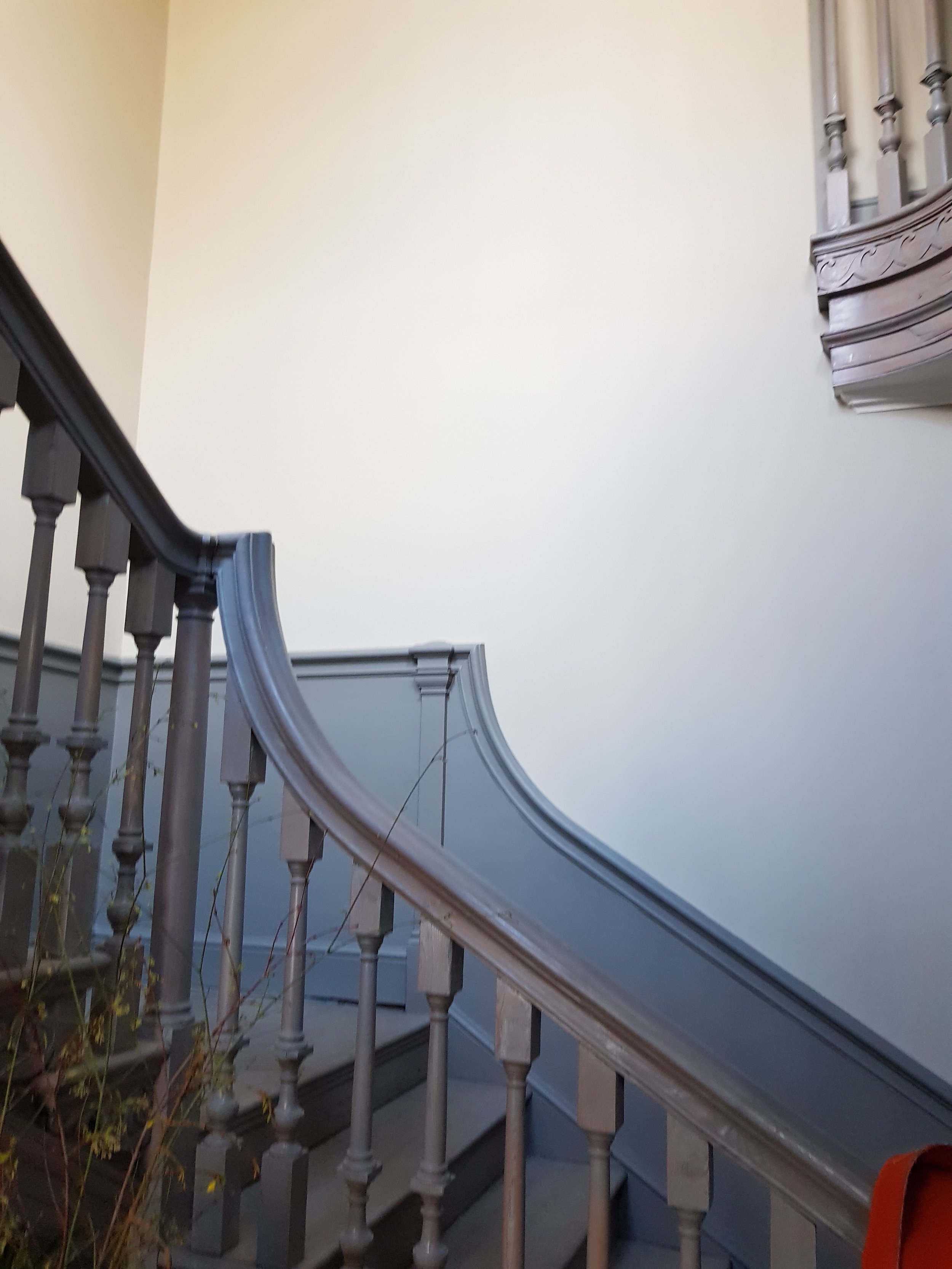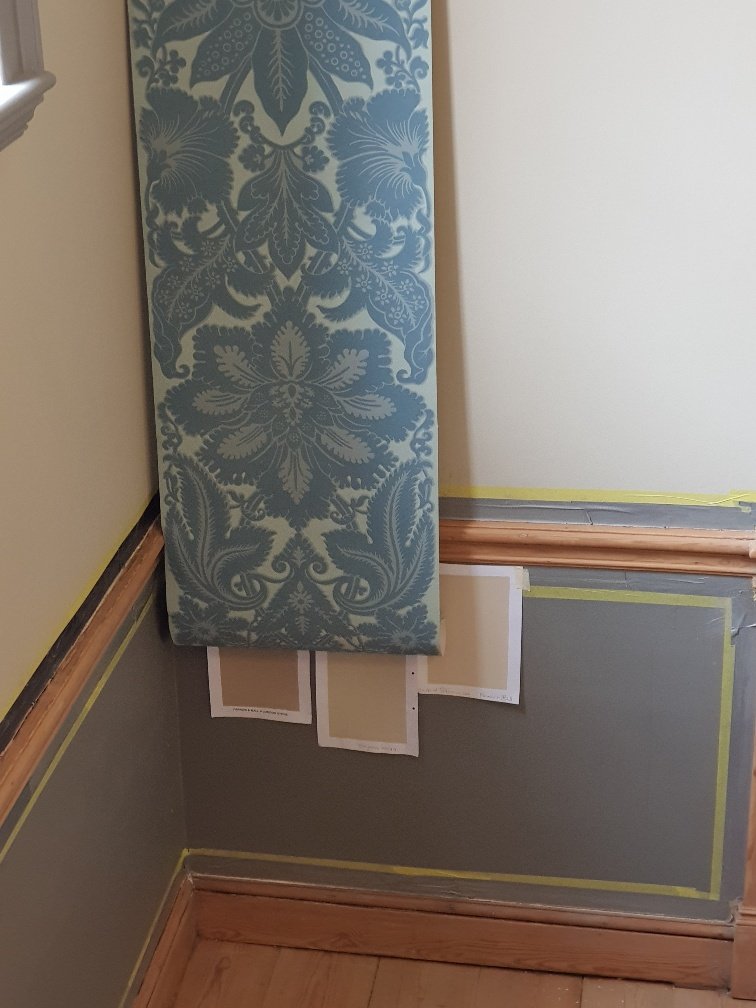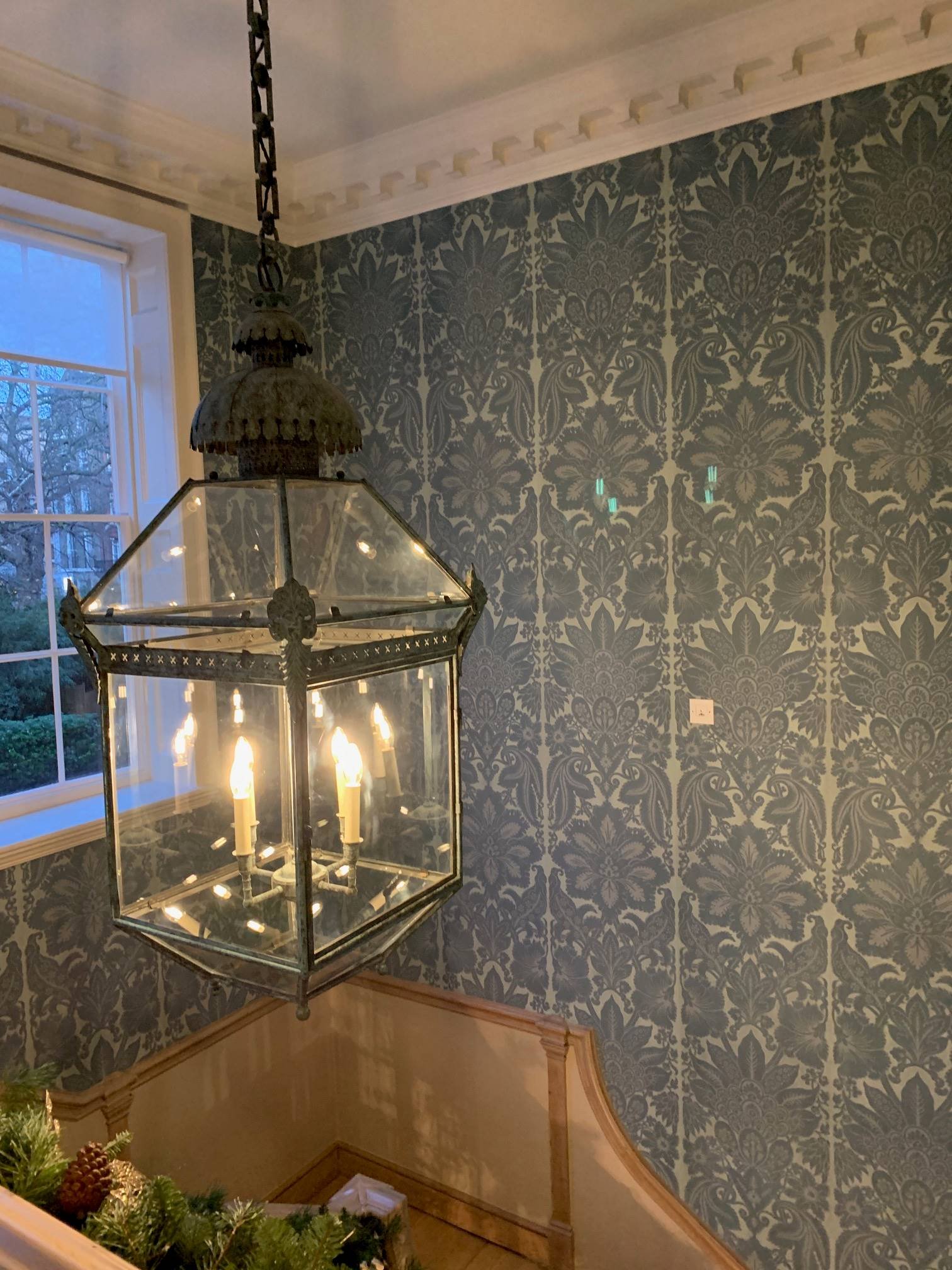INTERIOR DESIGN FOR LISTED BUILDINGS -
Every project has a brief and when designing interiors for listed buildings there will be additional constraints, which an experienced interior designer will be able to design around and enhance.
Having worked on some beautiful and unusual listed buildings, I have experience of some of the problems that occur. Such as lathe and plaster ceilings or walls that cannot be removed, nor can the original skirtings, architraves, or plaster mouldings. Walls, ceilings, and bespoke joinery may have to be designed to accommodate these features so that when they are removed in the future the original fabric of the building remains. Here are some examples from projects I have worked on.
COMPLETE REFURBISHMENT OF A LISTED LONDON HOUSE:
EXISTING FEATURES –
Here is a plaster and lathe ceiling that must be retained under a new suspended ceiling. The cornice is being repaired with a poultice and hand work. Inspection holes in an existing suspended ceiling.
If there are original features that need restoring, the right craftsmen need to be employed to carry out artisan skills such as French polishing. Here is an original 1740 fireplace, stripped and French polished over 4 long weeks, revealing the carved details, flowers, and animals:
BESPOKE JOINERY –
Bespoke joinery is essential to create furniture that can fit around existing skirtings, paneled walls and cornices, as in this dressing room, kitchen and library.
LIGHTING DESIGN –
The original panelling of this 1740 house could not be disturbed, so surface mounted fittings in a suitable style had to be sourced, some were contemporary, and some were antique. I often work with lighting designers to ensure an expert result for the overall lighting schemes.
SOURCING ANTIQUES –
Finding antiques that are right for the house is a great pleasure; from rugs to furniture and lighting these can be combined with contemporary pieces to create a comfortable home:
DECORATING –
Decorating original timber panelling requires the correct preparation and skill and I work closely with my decorators to ensure a good quality finish. Colour schemes can be historic or with a contemporary twist depending on the effect required:
The panelled reception room before and after decoration in Salix from Little Greene:
The study panelled walls were painted in a bold Grenache from Paint and Paper library:
The staircase before and after, with French polishing to the pine handrail and balustrade, dado and skirting, with hand blocked wallpaper to the walls above in a historic design:
Overall working on listed buildings is exciting and rewarding, as their secrets are revealed, and their stories brought to life for a new family to enjoy.



